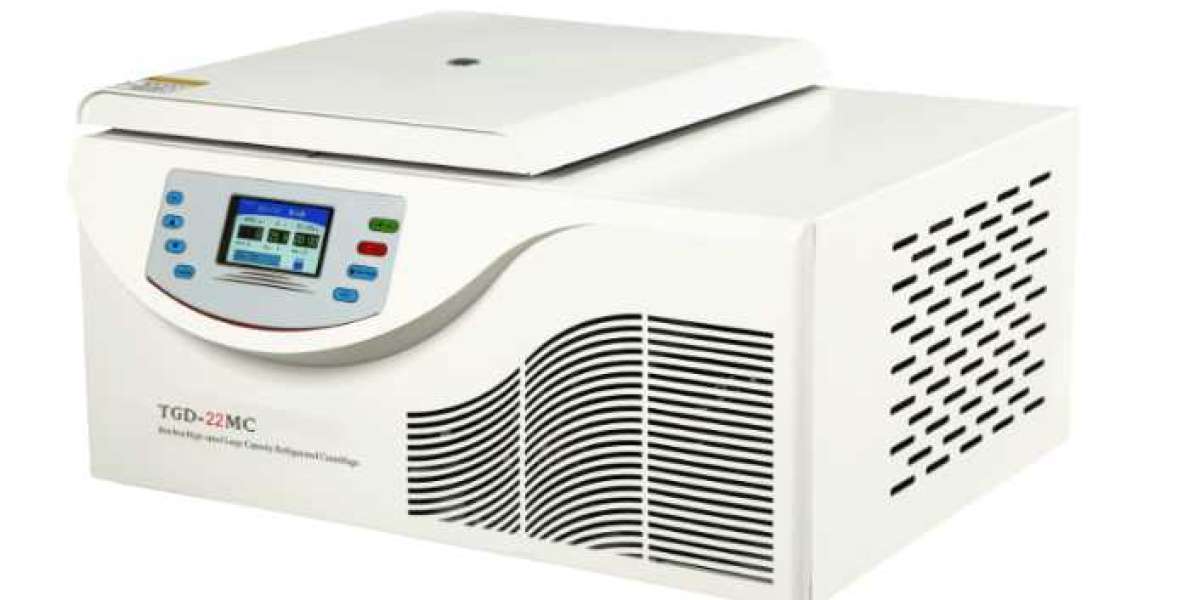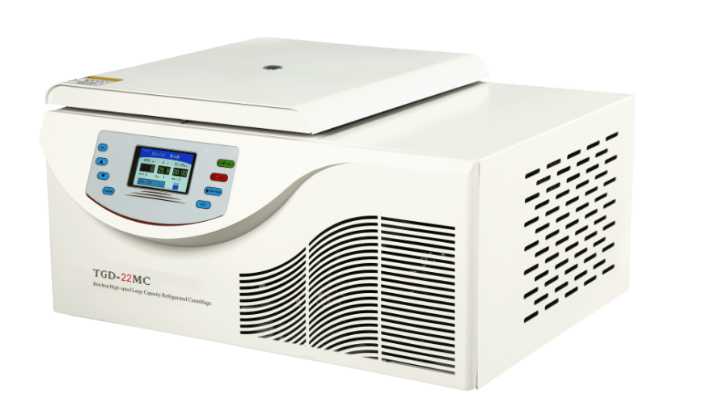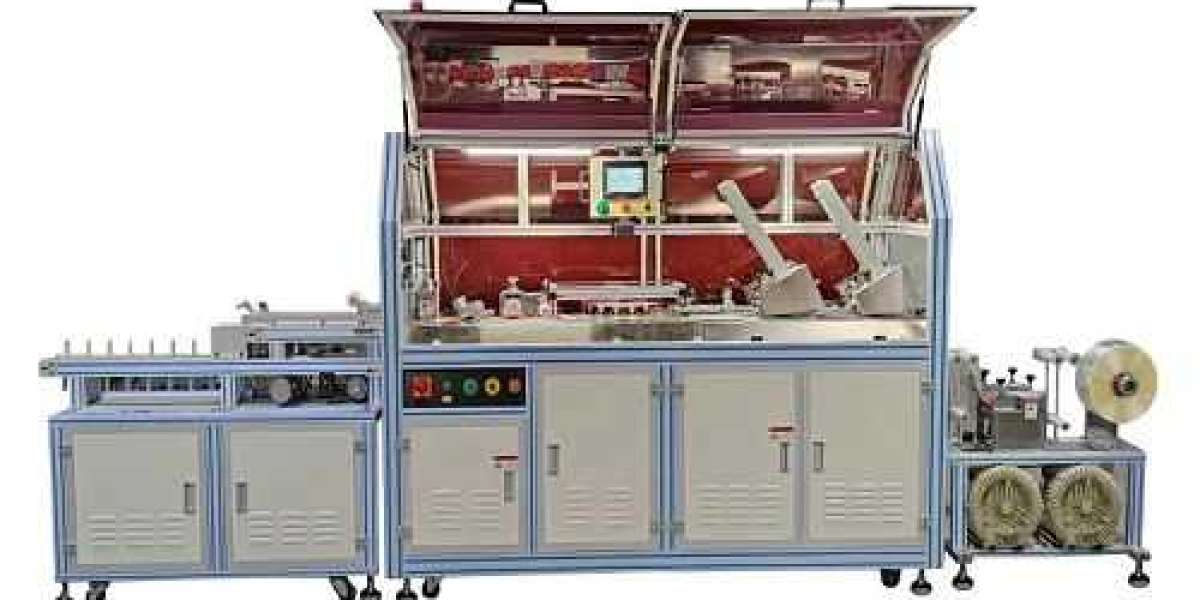Refrigerated centrifuges are indispensable instruments in scientific laboratories, offering precise temperature control alongside the separation capabilities of centrifugal force. Understanding the principle behind these powerful machines is essential for grasping their significance in various research fields. In this article, we will explore the fundamental principle of a refrigerated centrifuge and shed light on how it operates to achieve temperature-controlled sample processing.
The Principle of Temperature Control:
At its core, a refrigerated centrifuge follows the same principles as a standard centrifuge, but with the added feature of temperature control. The primary objective of the refrigeration system is to maintain a controlled and often colder temperature range during centrifugation. This is achieved through the integration of a cooling mechanism that regulates the temperature within the centrifuge chamber.
The Cooling Mechanism:
Refrigerated centrifuges utilize a cooling mechanism that typically consists of a compressor, refrigerant, heat exchanger, and a temperature control system. The compressor is responsible for compressing the refrigerant, raising its temperature and pressure. The heated refrigerant then passes through a heat exchanger where it releases heat to the surroundings, causing it to cool down.
As the cooled refrigerant flows back into the compressor, it undergoes a process of expansion, which lowers its pressure and temperature. This cooled and low-pressure refrigerant is then directed to the centrifuge chamber, where it absorbs heat from the samples being centrifuged. By absorbing heat, the refrigerant effectively cools the samples, maintaining the desired temperature range throughout the centrifugation process.
Temperature Control System:
To ensure precise temperature control, a refrigerated centrifuge incorporates a temperature control system. This system continuously monitors the temperature within the chamber and adjusts the cooling mechanism accordingly. It may feature a thermostat, sensors, and electronic controls to maintain the set temperature. This enables researchers to customize and regulate the desired temperature based on the specific requirements of their experiments.
Sample Processing:
Once the desired temperature is set, the high speed refrigerated centrifuge operates similarly to a standard centrifuge. The motor-driven rotor spins the sample tubes or containers at high speeds, generating centrifugal force that causes the denser components to separate and migrate towards the tube's outer edge. Meanwhile, the refrigeration system ensures that the samples remain at the set temperature, minimizing the risk of temperature-induced degradation or loss of sample integrity.
Applications:
The principle of a refrigerated centrifuge finds applications in a wide range of scientific disciplines and industries. Some notable applications include:
- Biological research: Preservation and separation of temperature-sensitive biological samples, cell culture, protein purification, and enzyme kinetics.
- Medical diagnostics: Processing and storage of blood, plasma, and other biological fluids.
- Pharmaceutical industry: Separation and purification of heat-sensitive pharmaceutical compounds.
- Molecular biology: Isolation of subcellular components, DNA extraction, and analysis of protein-protein interactions.
The principle of a refrigerated centrifuge is centered around precise temperature control during sample processing using centrifugal force. By incorporating a cooling mechanism and a temperature control system, refrigerated centrifuges enable researchers to maintain a controlled and often colder temperature range throughout centrifugation. This feature is crucial for preserving sample integrity and carrying out temperature-sensitive experiments in various scientific fields. Understanding the principle behind a refrigerated centrifuge enhances its utility and paves the way for advancements in research and laboratory practices.









